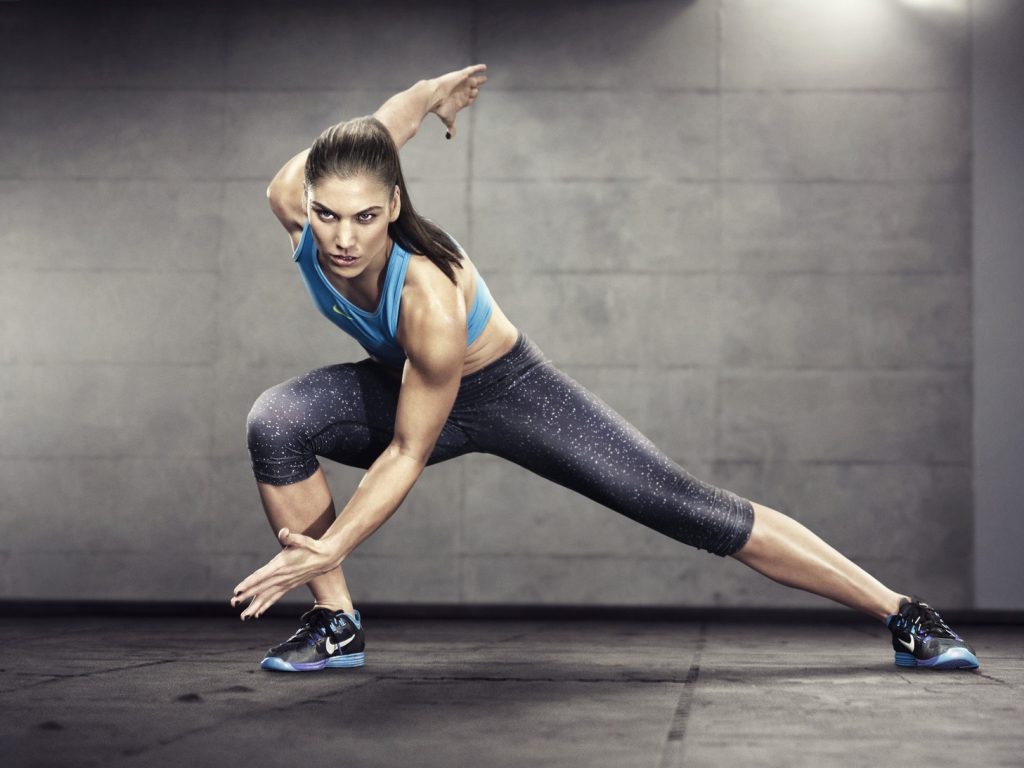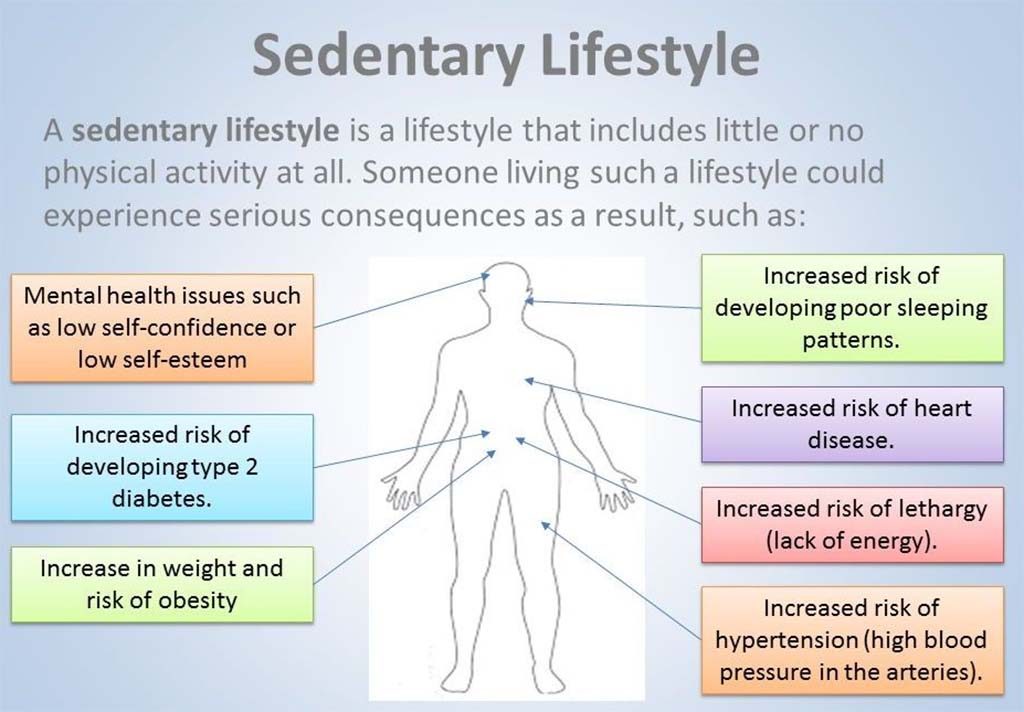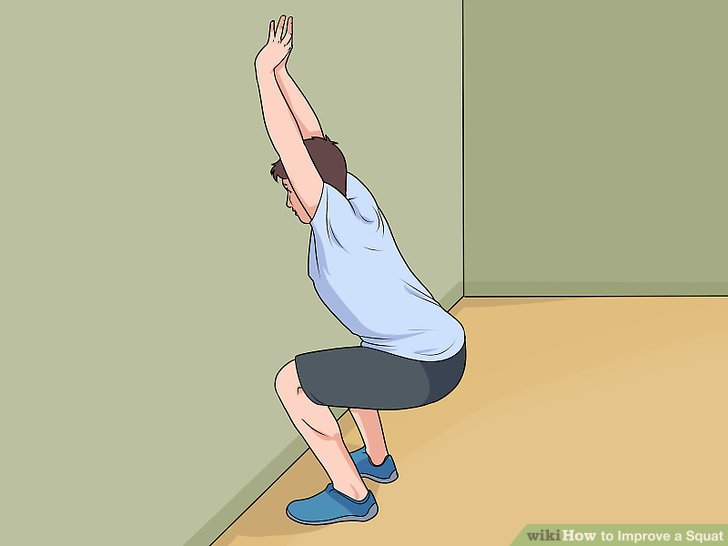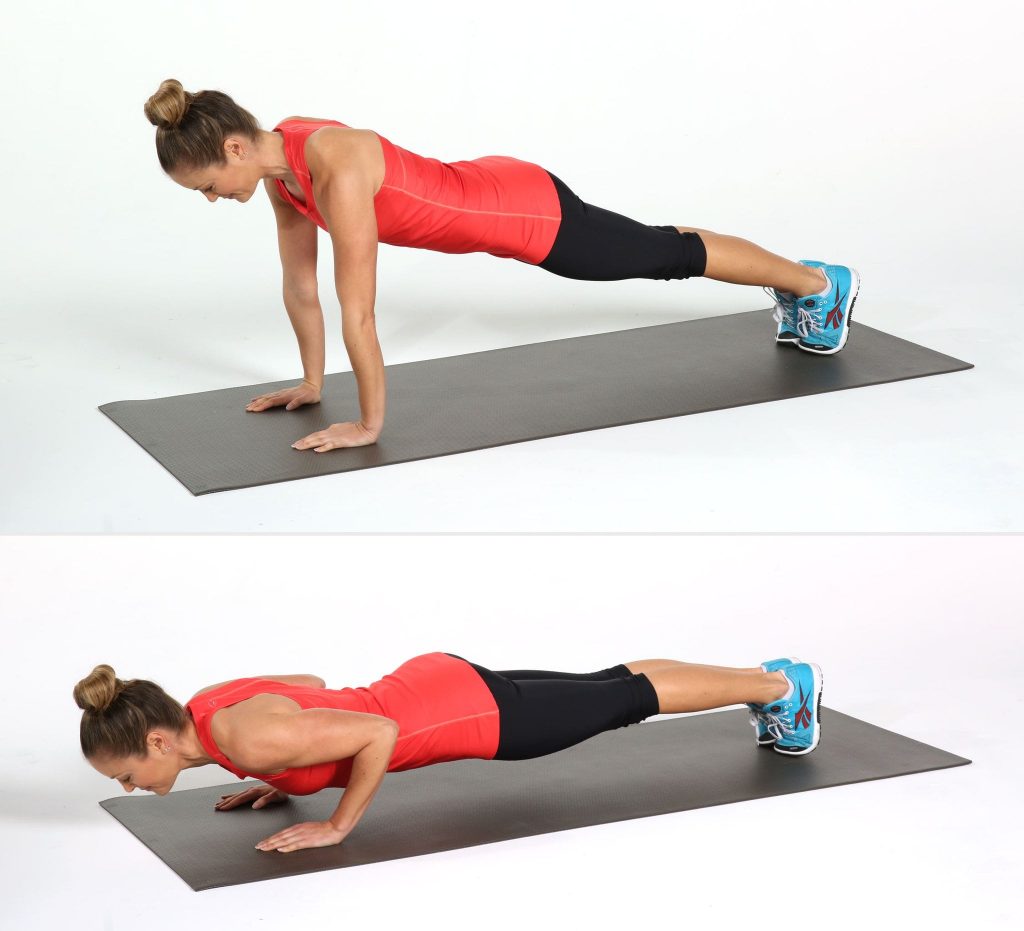What is strength training and why is it important?
Posted on March 1st, 2019 by Andries Lodder

What is strength training?
Strength training is a component of physical exercise, focusing on using resistance to induce a contractile force to inevitably increase a muscles strength, anaerobic endurance and size.
When doing strength training, it causes microscopic damage to the muscle fibers (catabolism – breakdown of muscle fibers). The body’s natural processes then repair the muscles and allow them to regenerate and become stronger (anabolism – repair and re- growth of muscle fibers).
Why do Strength training?
Today’s lifestyle for a large number of people, incorporates many hours of sitting and living in a sedentary and inactive environment. Many areas are to blame for this such as:
- Long sedentary working hours.
- Excessive time spent driving.
- The increased popularity of computer, video and television games.
- Reduction in physical education time in schools.
- Aging.
The repercussions of a sedentary lifestyle are becoming more prevalent and our bodies are paying the price.

Benefits of Strength training:
- Strength training builds muscle strength and helps too tone muscles. Physically inactive individuals can lose as much as 3 – 5 % of their muscle mass each decade after the age of 30.
- The number of muscle fibres declines with age. Strength training can slow down or even reverse the aging process by building muscle mass and strength.
- Strength training is shown to assist in bone growth, possibly aiding in the prevention of osteoporosis.
- This type of training can assist in the prevention of falls in the elderly.
- Strength training plays an important role in maintaining/reducing body weight.
- Enhance ones quality of life.
- Help manage chronic diseases.
To continue living an independent and healthy lifestyle, strength training is of the utmost importance. Activities of daily living require a person to be mobile and strong enough to perform a variety of movements. An activity as simple as pouring a cup of tea can become extremely taxing as one ages and lives a more sedentary lifestyle.
No gym? No problem!
There are various options to consider when doing strength training.
Some techniques include:
- Body weight exercises: with this type of exercise, your body weight serves as the external resistance. This is an easy and effective method to incorporate into a home gym program.
- Free weights: barbells and dumbbells are just some of the resistance strength training tools that can be found in a gym. At home substitutes for these can be soup cans, sugar bags and various other home appliances.
- Weight machines: most gyms offer various resistance machines, suggesting ways of using the equipment and for specific muscles.
After the age of 40 years and if you have been living an inactive lifestyle, it is advised to check with your doctor before beginning any strength training program for various health reasons.
Tips for strength training:
- The abdominal and back muscles (core) are stabilizing muscles which assist you in maintaining the correct posture when exercising. Thus strength training for these muscles should be performed at the end of a session so they are not fatigued too early.
- When lifting weights, exhale through the strenuous part of the exercise and keep breathing throughout. Holding your breath during a movement may increase your blood pressure unnecessarily.
- When performing strength exercises, control the movement by performing them slowly and thinking about the correct form throughout.
- Concentrate on maintaining a good posture, using a mirror can be very helpful with this.
Some at home, strength training exercises for the whole body:
Wall facing squat:https://www.youtube.com/watch?v=hV_rDOloxCI

- Stand facing a wall, feet approximately 10 cm away from the wall. The feet should be wider than the hips and slightly pointed outwards.
- Straighten the arms above the head, resting them against the wall.
- Bending from the knees, and pushing the hips back, go down into a squatting position, trying to get as low as possible.
- Work towards having the feet as close to the wall as possible.
Variations:
Sit to stand:
- Seated on a bed/chair/bench around hip height, arms across the chest.
- Get up from the seated position into a standing position .
- Slowly sit back down and repeat.
Jump squat:
- Starting in a standing position, feet wider than hips and toes pointed slightly outwards.
- Squat down to a level where the hips are in line with the knees or lower.
- On the up movement, it is an explosive jumping movement for height.
Push up:https://www.youtube.com/watch?v=eFOSh8vpd6I

- Starting in a prone (on your stomach) position, hands under shoulders and feet slightly apart, planted into the floor.
- Engage in the core muscles, and press up so the arms are in an extended position.
- Slowly and controlled lower back down to the floor and repeat.
Variations:
Wall push up:
- Facing the wall, standing slightly further than arm’s length away and feet shoulder width apart.
- Lean your body forward and place your palms flat against the wall at shoulder height, shoulder width apart.
- Bend the elbows and lower the upper body towards the wall in a slow and controlled motion.
- Push back until your arms are straight and repeat.
Explosive push up:
- Starting in a prone (on your stomach) position, hands under shoulders and feet slightly apart, planted into the floor.
- Engage in the core muscles, and press up in an explosive manned so the hands are able to come off the floor.
- Catch your body in a push up position and slowly lower to starting position and repeat.
Let us help you be a fitter and stronger you! For more information and assistance contact us and book for an assessment today !
Tweet